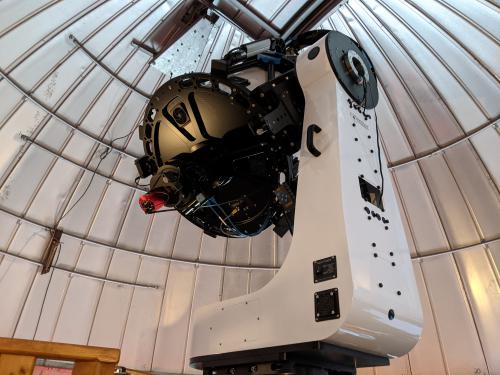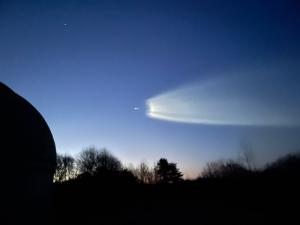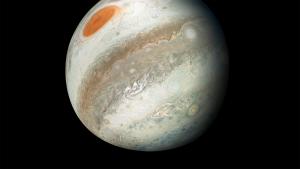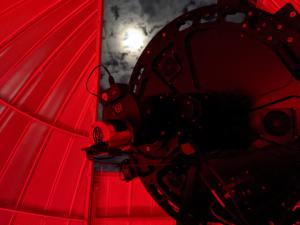Celebration of Space - March 4, 2022
You may have noticed this past week that the month of February ended, as usual, on the 28th day of the month. Meaning that 2022 is not a leap year. The last leap year occurred in 2020, and the next one will happen in 2024. Everyone generally accepts that leap year happens every four years, but I often wonder how many people understand why it happens.
Earth’s orbit around the Sun takes 365.256 days to complete one full revolution. Both the Sidereal Year (based on stars), and the Solar Year (based on the Sun) are close enough to that number save about a 20 minute difference. That extra quarter of a day is the problem. Over a four year period, our calendar will drift by one day. Note that I’m not going to go into the history of the Gregorian Calendar (which is the calendar we use), or the history of any other calendar here. Though without the addition of one day every four years, our calendar would continue to drift from the solar year. Every century we would drift about 25 days. Eventually our seasons, as it relates to our calendar, would be in complete disarray. Adding that February 29th to our calendar every four years compensates for that extra annual 0.25 day. It should also be noted that a leap year will not occur on years ending with “00” unless that year is divisible by 400. This takes in account that the Solar Year is only 365.242 days, and over thousands of years that 0.014 (about 20 minutes) deviation adds up.
On the satellite pass front, we still have a couple of weeks before the ISS and Tiangong return to the evening sky. All passes of both stations are currently happening in the morning. Though another interesting satellite phenomenon is currently occurring in the morning sky over our region. That is the SpaceX Starlink G4-9 satellites, which launched at 9:25 am on March 3rd from Kennedy Space Center. These satellites should be visible in the morning sky this coming Monday morning, March 7, 2022 starting at 5:30 am when facing north. Then again on Friday morning, March 11, 2022 at 4:40 am, starting in the NNW and passing overhead. If you haven’t observed a recently launched Starlink satellite constellation pass over, it is quite interesting to watch. What you could see is a series of satellites passing over in close succession. Note that SpaceX is working on making the satellites dimmer and not all launches will necessarily be visible. In any case, it is worth a try as the view is quite impressive. Starlink satellites will be in closest proximity to each other right after the launch and will slowly stretch out as the dates progress away from the launch date.
Tomorrow, March 5, 2022, we will reach the point in our orbit where we end up on the opposite side of the Sun than Jupiter. This is called Superior Conjunction of Jupiter. On March 5th, Jupiter will rise and set with the Sun. Once superior conjunction passes, Jupiter will gradually start to appear in the morning sky just before sunrise. This kicks off the coming viewing season for Jupiter. In about 1.5 months time you will start to notice another bright object in the early morning sky, that will be Jupiter alongside Venus, Mars, and Saturn.
Starting this coming week, the Frosty Drew Astronomy Team will begin posting new images that we have been capturing with the new PlaneWave CDK600 telescope that now resides in the Frosty Drew Observatory. These are what we call First Light Images, which are the first images captured with the new device. We have been busy configuring and calibrating the new telescope and have commenced image collection as part of that process. Though we have not released any of these images yet, they are stunning to say the least, and we are thrilled at the imaging capabilities of the new telescope. To keep up with our release of new images, check in on our website as all new images will appear in our news feeds as well as in our Photo Galleries. We will also be posting new images to our Facebook, Twitter (@FrostyDrewOBSY), and Instagram @frostydrewobsy.
- Author:
- Scott MacNeill
- Entry Date:
- Mar 4, 2022
- Published Under:
- Scott MacNeill's Columns





